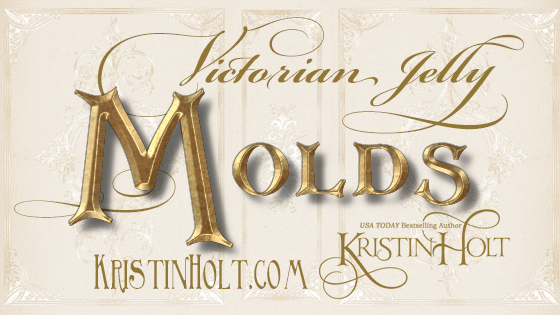
Victorian Jelly: Molds
Fancy jellies graced 19th century tables, molded in dishes made of tin, zinc, copper, and various ceramics. Photographs of antiques, together with vintage advertisements, illustrate this Victorian kitchen staple.

Fancy jellies graced 19th century tables, molded in dishes made of tin, zinc, copper, and various ceramics. Photographs of antiques, together with vintage advertisements, illustrate this Victorian kitchen staple.

Cake tins are often mentioned in Victorian-era Cook Books (as spelled in nineteenth century publications). This post provides historic images of this era’s baking pans from both newspaper advertisements and catalog ads (such as Sears and Montgomery Ward’s catalogs).
Many of the shapes and sizes are familiar to today’s baker’s options, and several have disappeared in the intervening years. My greatest surprise is the SIZE of Victorian cake pans. Compare to today’s, and see what I mean!

“Mason Jars” (glass bottles for home food preservation) were invented and patented in the United Sates in the Victorian Era. Industrious homemakers grew large gardens, tended fruit trees, and bottled everything from jams and jellies to grape juice, apple sauce to soups, tomatoes to green beans. How did women accomplish this work?